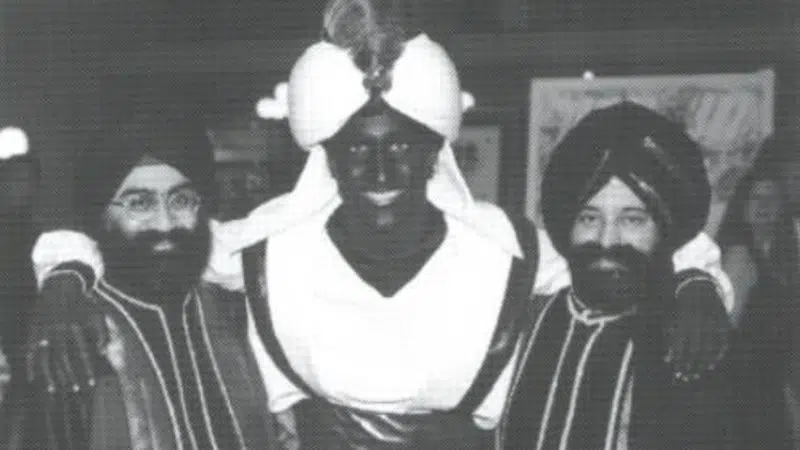
Advocates urge debate on racism in Canada that goes beyond Trudeau photos
OTTAWA — In the 2015 federal election, a photograph of a dead child on a beach in Turkey forced the global refugee crisis onto the campaign agenda.
Now, say advocates, the images of the prime minister wearing blackface must spur a national debate about the realities of racism in this country and what must be done to tackle it.
It’s been a week since two photos and a video of Justin Trudeau wearing black- and brownface at events years ago shocked the country.
But they came a week into a federal campaign that began with numerous allegations of racist behaviour on the part of candidates. Now, elections signs are getting defaced almost daily with swastikas and hateful slogans.

